Did you know that there are two kinds of readers sitting in your classroom right now? It’s true! And if you’ve ever felt unsure about how to help a struggling reader, than you’ll want to stick around, because knowing how to spot each type will help you get bigger, faster teaching results.
This is just the tip of the iceberg to the teaching training, tools and support waiting for you in my four work training called The Reading Roadmap! Request your invite so that you don’t miss a second of it.
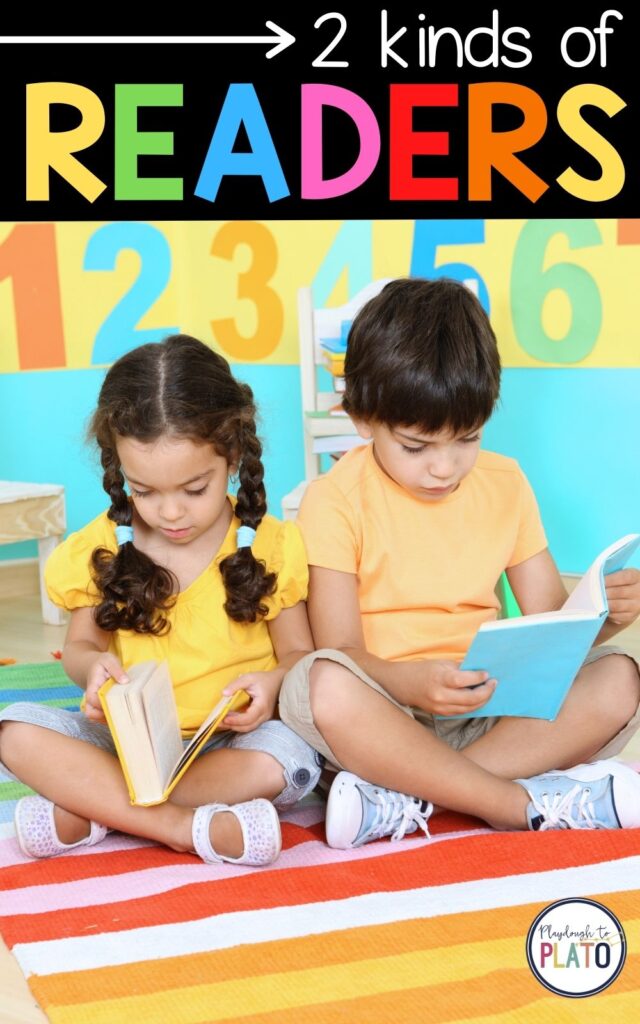
Two Kinds of Readers
Once kids learn the 4 pre-reading skills, it’s time to dive in and start learning how to read.
That’s when it quickly becomes clear that students fall into one of two groups: phonetic readers and whole language readers.
When phonetic readers sound out words they don’t recognize, they do it one letter at a time: /c/ /a/ /t/ cat. They are the kiddos who memorize letter sounds pretty easily and tend to be strong spellers.
Whole language readers, on the other hand, like to read the whole word at once: cat. They THRIVE with sight word lists and quickly memorize them.
It can be tempting to look at whole language readers and think they’re winning the reading game – they are often the first students in class who master emergent reader books because those books are usually jam packed with sight words.
But actually, there are pros and cons to BOTH types…
Phonetic readers have a serious advantage when they see a word that’s NOT a sight word. Using their toolbox of letter sounds and phonetic rules, they can tackle less common words like “hippopotamus” and “carrot” much faster than their whole language peers.
So, what’s a teacher to do?
How to Teach Both Kinds of Readers
Although there are pros and cons to each reading strategy, it’s important to give children a good dose of both phonics AND sight word instruction.
Why?
Kids may naturally lean toward phonics or whole language, but our job as their teacher is to give them a healthy dose of both skills.
There will be times when every reader will need to be able to sound out a new word one sound at a time. If their phonics skills are weak, they’ll be toast.
But kids will also save TONS of time if they memorize common words like THE, HE and ARE so that they don’t have to do the painstaking work of sounding them out letter-by-letter every. single. time.
And that’s why it’s so important to incorporate BOTH skills into our lesson plans!
Teach children about important phonics rules including digraphs (two letters that make one sound like SH, CH and TH) and diphthongs (two vowels that make a new sound like OI and OO).
At the same time, help readers memorize common sight words like ARE, THE and TO.
And now that you know the two types of reading super powers, you can help students use their strengths to shore up their weaknesses!
Get My Step-by-Step System
I know it can be really hard to know the order we’re supposed to teach phonics and whole language skills like digraphs, blends and diphthongs, so I pulled together a 4 week teacher training called The Reading Roadmap that breaks it all down step-by-step.
If you need a ready-to-deploy system you can use to teach BOTH kinds of readers, make sure to join the waitlist so you can get everything you need in one spot.


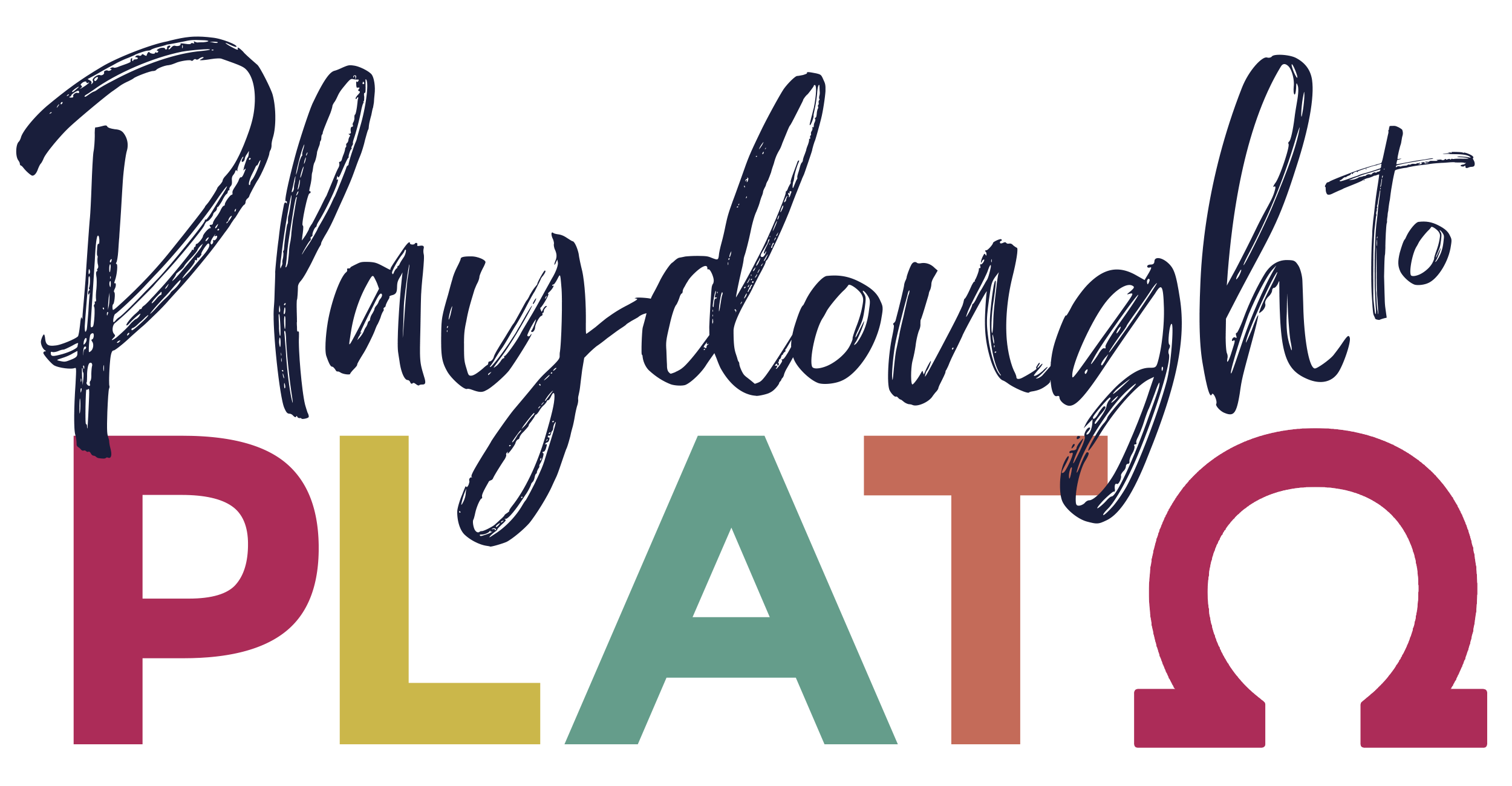

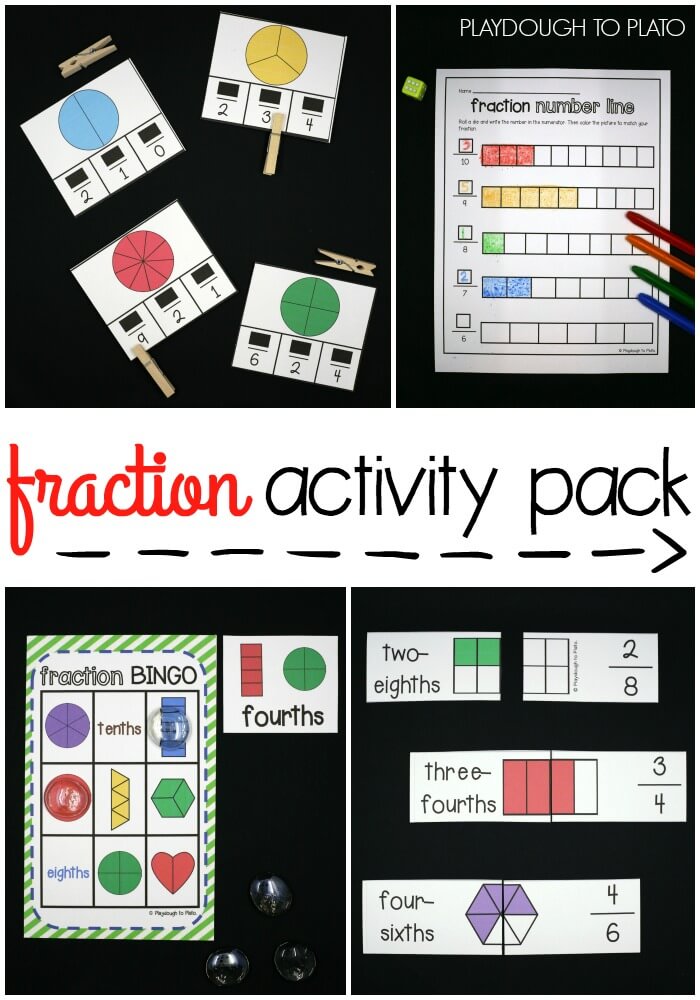
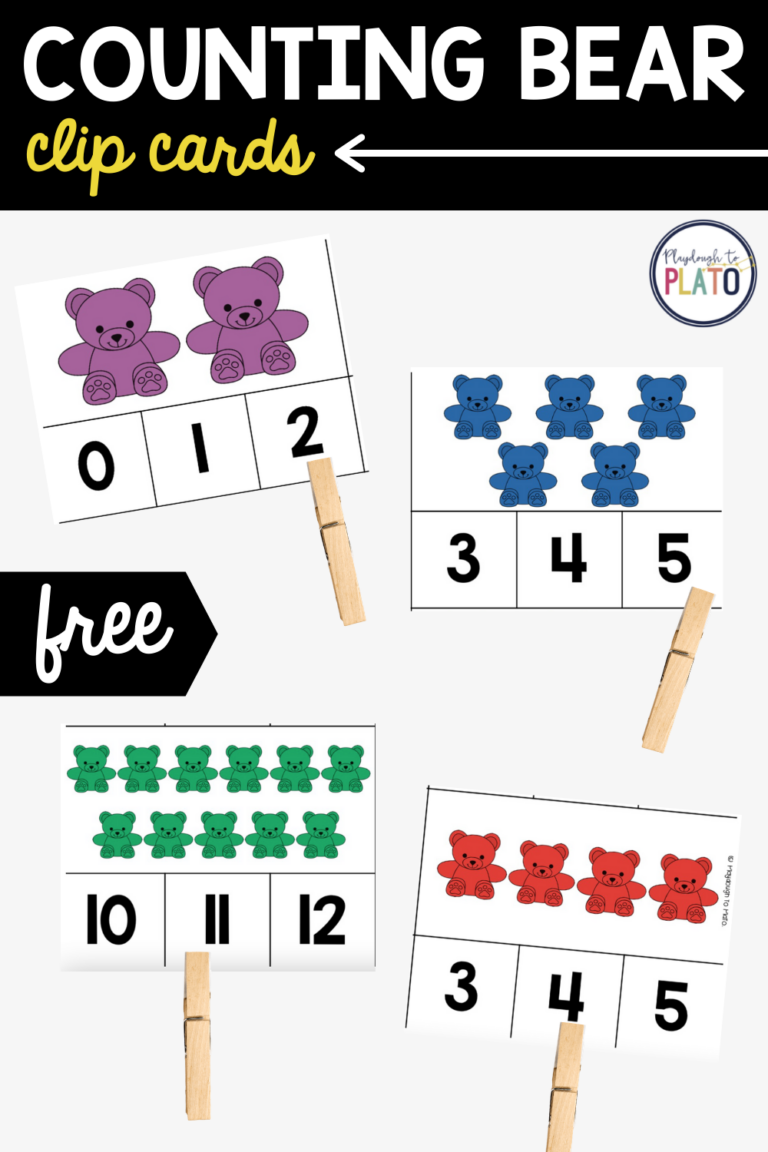

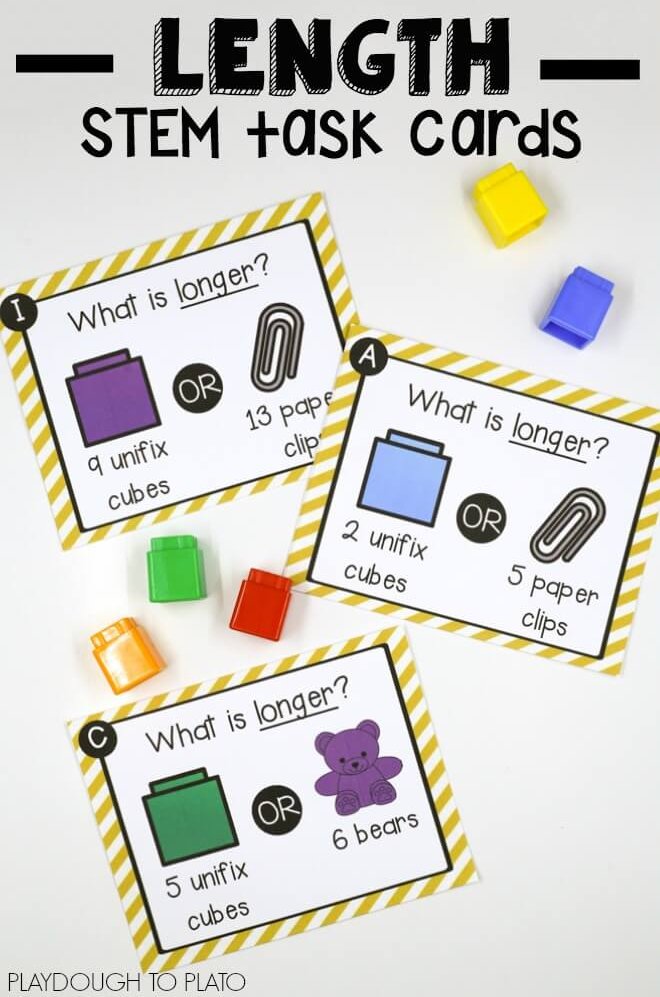
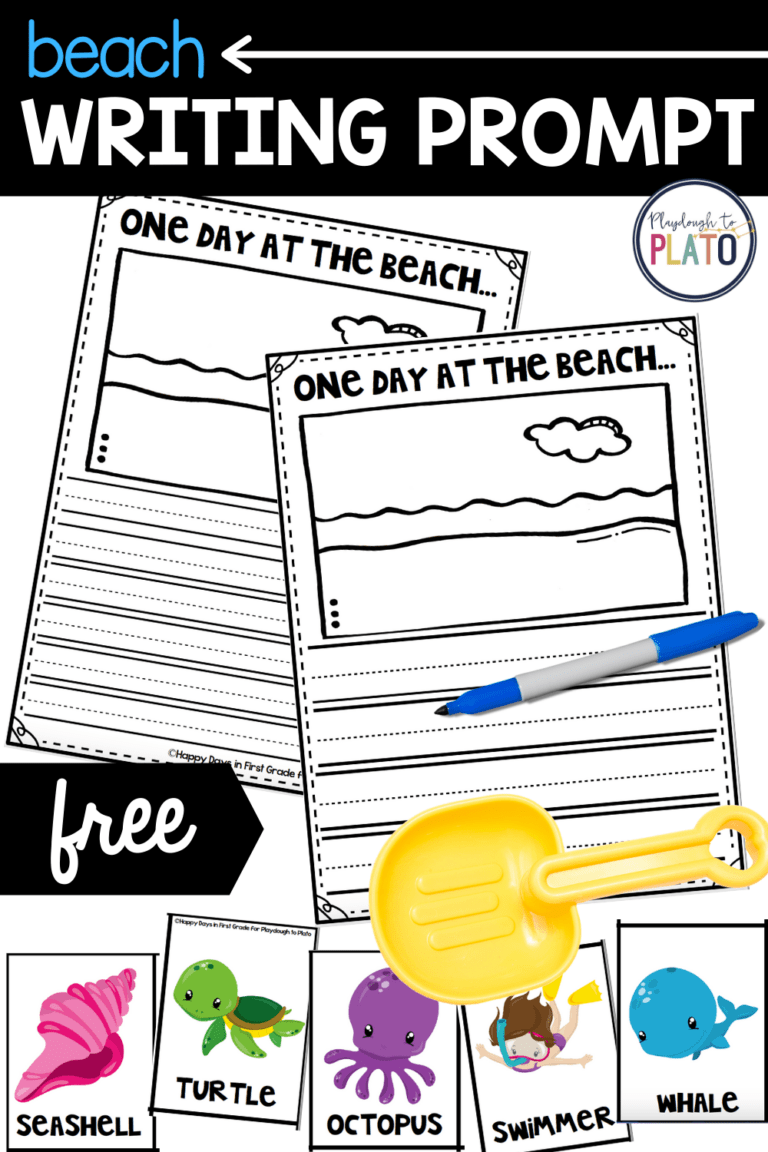
Thanks for sharing this. I’m a homeschool mom of a 7 year old and 5 year old. Both already love reading and are improving every day. But I noticed that my 5 year old usually sounds out world that my 7 year old can’t. While he knows an incredible amount of worlds, knew words stump him. I could tell my kids approached reading differently, but this helps me understand so much better. Even in a house with just 2 readers, we have both types 🙂
Hi Malia,
Unfortunately, the information that you are sending out is not based on scientific research. Children do not memorize words as wholes but through orthographic mapping. I encourage you to study the science of reading so that you are providing accurate information to all of your followers.
The following resources are a great place to start building your knowledge. I hope you find this helpful!
-Listen to this famous podcast episode! https://www.apmreports.org/episode/2019/08/22/whats-wrong-how-schools-teach-reading
-Join The Facebook Group “The Science fo Reading- What I Should Have Learned in College”
-Read “Equipped for Reading Success” by David Kilpatrick
Please let me know if I can help 🙂